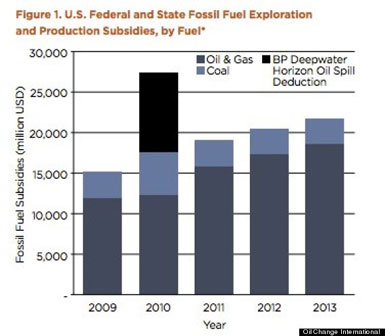What changed President Obama’s mind?
In his early years as president, his energy plan specifically closed off US coasts from oil development (remember BP’s Gulf spill?!) … but today, Interior announced steps opening the East coast to offshore oil and gas exploration – and the sonic blasts that go along with it.
The Department of Interior is now accepting applications for permits to conduct seismic surveys in federal waters from Delaware Bay to Cape Canaveral, in an area twice the size of California.
Imagine blasting dynamite in a neighborhood every 10-12 seconds for weeks or months on end. Now imagine that you can’t see, and depend on your hearing to feed, communicate and just about everything else you need for survival. That’s the situation whales, fish, and other marine wildlife face as high-pressure air guns blast at 250 decibels in their search for oil.
Last year, in a watershed ruling, a federal judge ruled the US Navy couldn’t use sonar off the Pacific Northwest because of the harm to marine animals.
"Blasts are predicted to injure and possibly kill up to 138,200 marine mammals, as well as harm commercial and recreational
fisheries, tourism and coastal recreation – putting more than 730,000 jobs in the blast zone at risk," says Oceana.
US As Petro-State
Incredibly, this comes as reports show the US now leads the world on oil and gas production – that’s right, we have now surpassed Saudi Arabia and Russia on oil and we’ve led on gas since 2010.
This is six years ahead of time according to International Energy Agency (IEA) projections. But they also expect shale oil production to peak in 2020 and decline after that.
Under Obama, oil production has quadrupled in the US, opening more of the Gulf than ever, and even the Arctic Ocean for the first time. The US now produces more than 11 million barrels of oil a day, up from 7 million last year, projected to reach 13.1 million by 2019. After that it will plateau, according to IEA.
Domestically produced fossil fuels now serve 84% of US demand, do we really need to drill more?
Even US oil consumption is rising and some in Congress are pushing to begin exports. In fact, for the first time since 1999, US consumption is rising faster than anywhere in the world, including China. Last year, US consumption rose
2.1% to 18.9 million barrels a day, compared to a 1.4% rise worldwide, says IEA. Increasing consumer confidence is pushing US demand up and people are buying more SUVs.
Not surprisingly, US energy-related emissions are also rising again – also by 2.1% last year, with another 1.9% expected this year, according the US Energy Information Agency, which expects them to decline in 2015, but by a mere 0.8%. That’s after emissions fell 10% from 2005-2012 (3.2% in 2012 alone).
Oil prices remain high – and would be much higher with US dominance – because oil production isn’t growing much elsewhere and because of the geopolitical situation.
US fossil fuel subsidies are also rising because of all the production, reaching $18.5 billion last year (from $12.7 billion in 2009), according to Oil Change International. If state subsidies are included, that number climbs to $21.6 billion for tax breaks, bargain basement fees to drill on federal land, and even taking tax deductions for oil spill cleanups.

All of this points us in the wrong direction – with carbon levels over 400 parts per million since April – the first time in 800,000 years.
The earth’s carbon levels are now 61% higher than in 1990, according to research at UK’s University of East Anglia.
Read our article, A Return of 5800%? That’s What the Fossil Fuel Lobby Gets.
Read, Cashing in on "All of the Above": U.S. Fossil Fuel Production Subsidies under Obama, by Oil Change
International:
